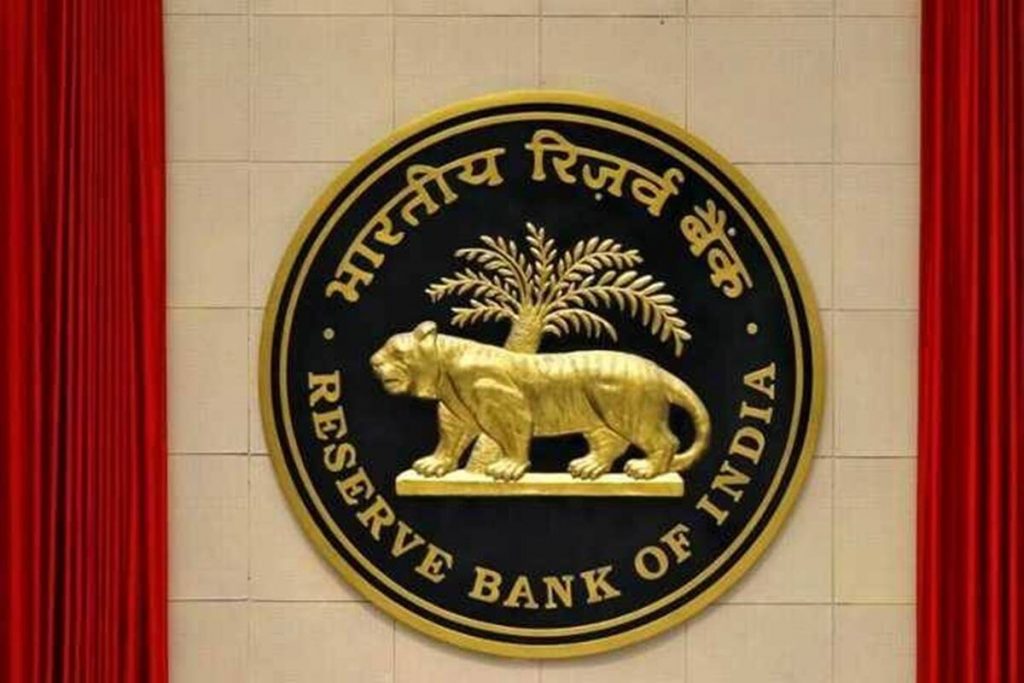One of the main challenges of unwinding a policy that entails a large amount of money, for any central bank, is to do this without causing disruptions to, or rather upheavals in, the market. After all, a sudden gush of money into the system can be hard to take out, and often, there are unintended consequences. For example, the QE measures of the Fed or ECB were meant to revive their economies, but the money flowed to the emerging markets. This created different challenges as the central banks had to manage capital flows as stock markets boomed. Any move to rollback caused upheaval in the market, which came to be known as taper tantrums, as it was assumed that the QE would last forever.
RBI brought in QE of a different variety ever since the lockdown was announced, but has gradually started rolling…
